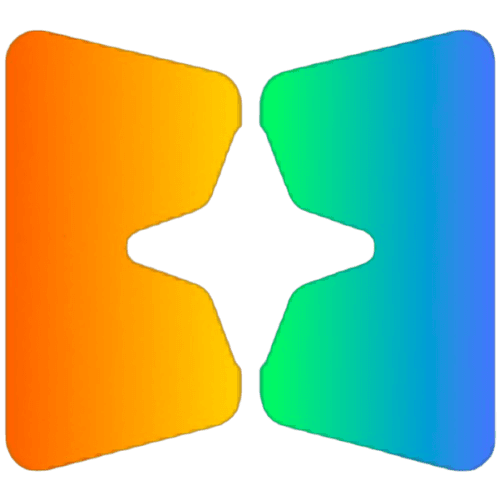
Quantum Devices and Technologies in Sensing
Overview
This Applied and Technical (Level 3) course, developed by Quantum Vista, dives into the specific hardware, operational principles, and enabling technologies behind key quantum sensing devices. Building on intermediate knowledge of quantum mechanics and sensing fundamentals, students will explore the practical aspects of how different quantum sensor modalities are constructed, controlled, and utilized for high-precision measurements, with an eye towards real-world applications.
Target Audience & Prerequisite
This course is intended for advanced undergraduate or early graduate students in Physics, Applied Physics, Electrical Engineering, or Materials Science who have a strong foundation in quantum mechanics and the principles of quantum sensing. Successful completion of Level 2 courses ("Quantum Mechanics for Applied Sciences" and "Quantum Sensing Fundamentals") or equivalent knowledge is highly recommended.
Specifically, students should be familiar with:
- Core quantum phenomena (superposition, entanglement, measurement).
- Basic operation of lasers, optics, and electronics relevant to experimental physics.
- Concepts of noise and sensitivity in measurement systems.
Key Topics Planned
- Atom Interferometry: Principles, experimental setups (e.g., Mach-Zehnder for atoms), laser cooling and trapping techniques, applications in gravimetry and inertial sensing.
- Nitrogen-Vacancy (NV) Centers in Diamond: Physics of NV centers, spin manipulation and readout techniques (optical and microwave), applications in magnetometry, electrometry, and nanoscale thermometry.
- Superconducting Quantum Interference Devices (SQUIDs): Josephson junctions, flux quantization, DC and RF SQUIDs, fabrication challenges, cryogenic requirements, and applications in ultra-sensitive magnetometry (e.g., biomagnetism like MEG).
- Single-Photon Detectors: Overview of different types (e.g., SPADs, SNSPDs), key performance metrics (detection efficiency, dark count rate, timing jitter), and applications.
- Enabling Technologies: Brief overview of supporting technologies such as stable lasers, microwave/RF control systems, cryogenics, vacuum systems, and advanced signal processing relevant to these devices.
- Comparative Analysis: Strengths, weaknesses, and typical application domains for each sensor type.
Anticipated Learning Outcomes
Upon successful completion of this course, students are expected to be able to:
- Explain the detailed operating principles of several key quantum sensing devices, including atom interferometers, NV centers, and SQUIDs.
- Identify the core enabling technologies and experimental considerations for each sensor type.
- Compare and contrast different quantum sensor modalities based on their performance metrics and suitability for various applications.
- Understand the current technological challenges and research frontiers in developing and deploying these quantum devices.
- Analyze how specific quantum devices are applied in fields like magnetic field sensing for brain imaging (MEG) or nanoscale biosensing.
Potential Platforms/Tools
This Quantum Vista course will emphasize understanding the physics and engineering of quantum devices through detailed study of research literature, review articles, and potentially datasheets of commercial components where applicable. Learning may be supported by virtual tours of lab setups (if available), analysis of experimental data, and case studies of sensor deployment. Some modules might involve conceptual design exercises or simple simulations of device components using standard scientific computing software.
Stay Informed & Explore Further
Get Notified About This Course
Interested in Quantum Devices and Technologies in Sensing? Sign up below to receive updates on its development and future availability.
Explore Our Vision & Partnerships
To see how this course fits into our overall curriculum or to discuss institutional partnerships:
Note: Course content, platform details, and availability are subject to change as development progresses.